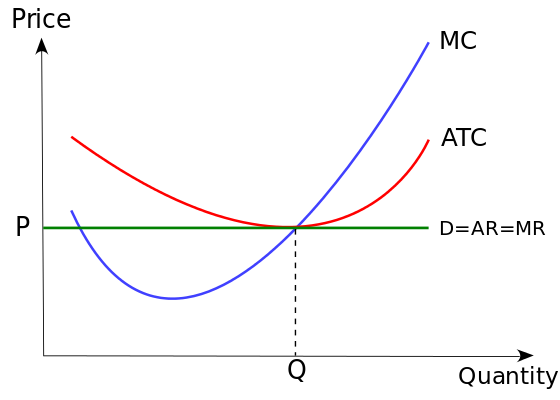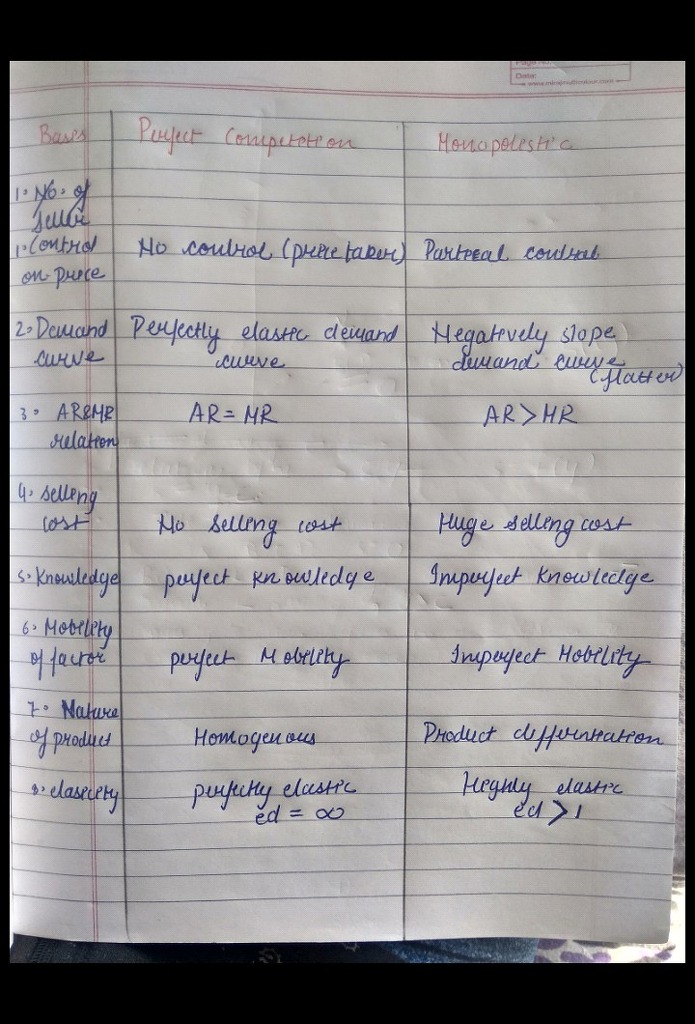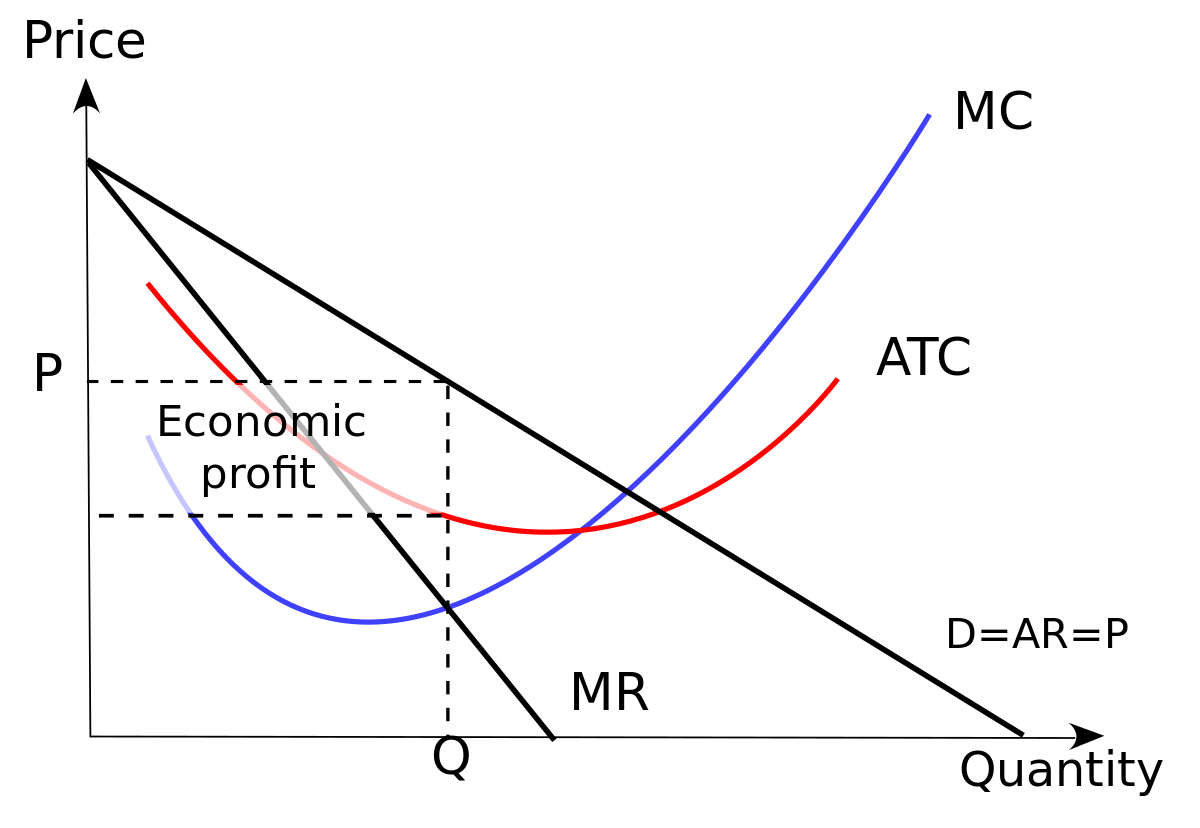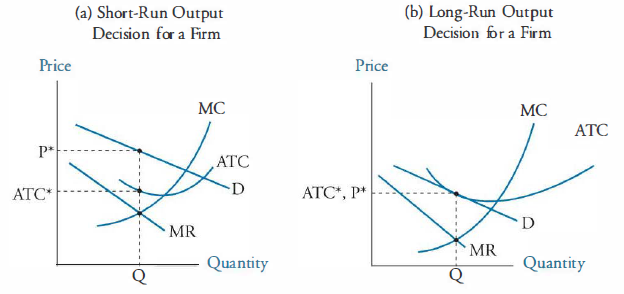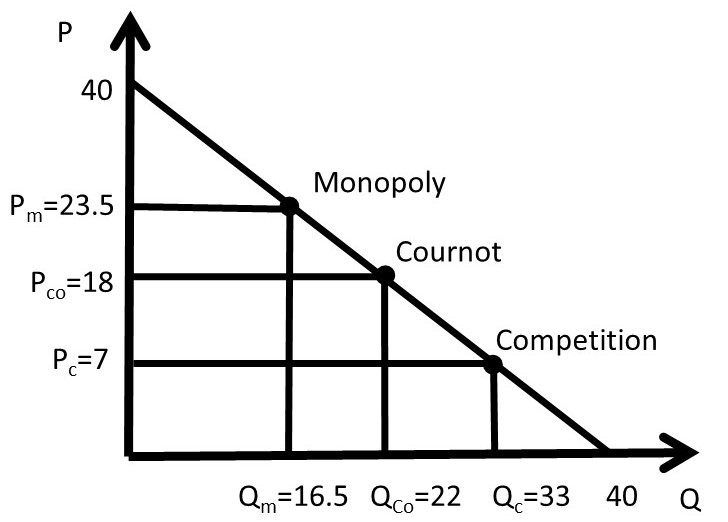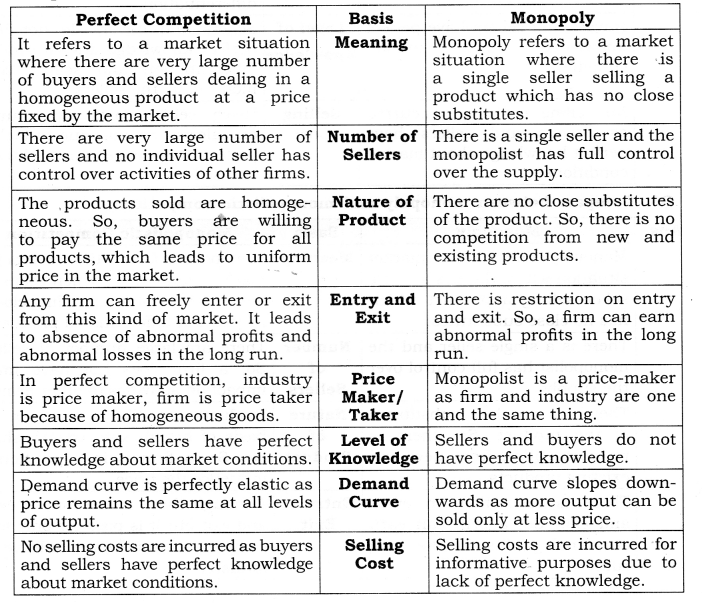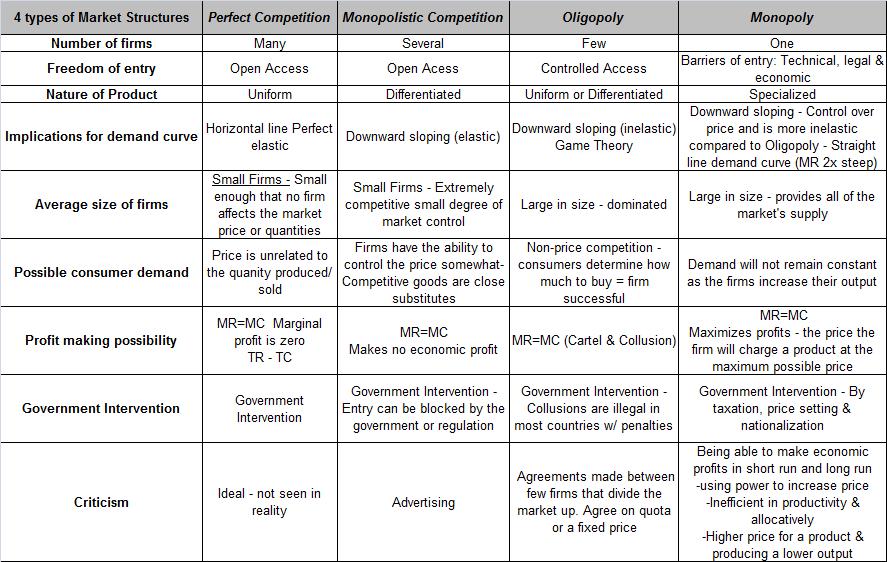Monopoly and monopolistic competition are two different market structures that have some similarities and some significant differences. A monopoly is a market structure in which there is only one seller of a particular product or service, while monopolistic competition refers to a market in which there are many sellers offering similar, but not identical, products or services.
One significant difference between monopoly and monopolistic competition is the level of competition in the market. In a monopoly, there is no competition because there is only one seller. This allows the monopoly to have complete control over the market and set prices at whatever level they choose. In contrast, monopolistic competition involves many sellers who are competing against each other for market share. This competition results in a lower level of market power for each individual seller, as they cannot set prices as high as they would like due to the presence of other sellers.
Another difference between monopoly and monopolistic competition is the level of product differentiation. In a monopoly, there is no product differentiation because there is only one seller. This means that there is no choice for consumers, and they must buy the product or service at the price set by the monopoly. In monopolistic competition, there is some product differentiation among the various sellers. This means that consumers have a choice between different sellers and can choose the one that offers the product or service that best meets their needs.
A third difference between monopoly and monopolistic competition is the ease of entry into the market. In a monopoly, entry into the market is difficult or impossible due to barriers to entry. These barriers can be economic, legal, or technological in nature. In monopolistic competition, entry into the market is relatively easy as there are many sellers offering similar products or services. This means that new firms can enter the market and compete with existing firms, which helps to keep prices competitive.
One similarity between monopoly and monopolistic competition is that both market structures can result in higher prices and lower output compared to a perfectly competitive market. In a monopoly, the lack of competition allows the monopoly to set prices at a higher level, leading to higher prices for consumers. In monopolistic competition, the presence of many sellers offering similar products or services results in a lower level of market power for each seller. This can lead to higher prices for consumers as each seller tries to differentiate their product and charge a premium price. In both cases, the higher prices may lead to lower output as consumers may be willing to purchase less of the product or service at the higher price.
In conclusion, monopoly and monopolistic competition are two different market structures that have some similarities and some significant differences. Monopoly is a market structure in which there is only one seller, while monopolistic competition involves many sellers offering similar, but not identical, products or services. Monopoly is characterized by a lack of competition, no product differentiation, and high barriers to entry, while monopolistic competition has some competition, some product differentiation, and relatively low barriers to entry. Both market structures can result in higher prices and lower output compared to a perfectly competitive market.
